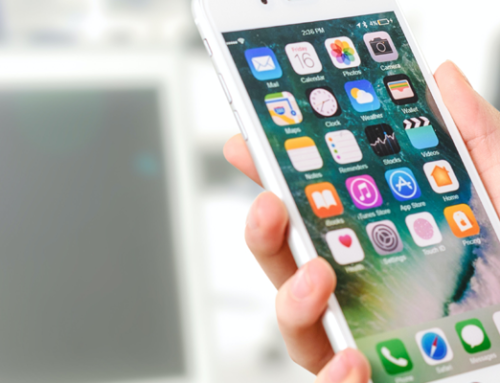Mobile learning: IDC predicted that 40 percent of the world’s population, or 2.7 billion people, would have access to the Internet by 2015—up from 2 billion in 2010.
Learners and educators have much to gain from mobile Learning. Lesson plans are no longer based around textbook exercises or “Next” button driven online courses. Instead, mobile learning breaks you free from your desk! You can access resources anywhere, anytime. With apps like CourseMill® Mobile, learners can even download courses and files to your phone for offline study as well. Conveniently accessible m-Learning materials provide ideal performance support, just-in-time learning and lead to innovations like augmented reality.
Augmented Reality and Mobile Learning
It might sound like something out of the Matrix or Star Trek, but augmented reality technology can make learning more interactive and enriching. What exactly is it? The simple definition is: a technology that superimposes a computer-generated image on a user’s view of the real world, thus providing a composite view. For a real-world example, let’s look at the 2014 IKEA catalog and its accompanying app.
After launching the IKEA Catalog app, you use your smartphone or tablet camera to zoom in on an orange cross at the bottom right of certain product pages. An icon then appears on the device display, allowing you to access the augmented reality features. You close the catalog and place it wherever you’re considering new furniture in your room.
The app uses the size of this physical, real-world IKEA catalog to come up with the approximate dimensions of the virtual furniture that is about to appear on screen. You can rotate, reposition and manipulate that image until you think the furniture or decor looks just right, before confirming the selection from a scrollable list. Finally, a virtual version of the new sofa, desk or bookcase with your room in the background is shown onscreen—allowing you to visualize how your new furniture will work and make sure it will fit in your room!
Picking out furniture isn’t quite the same as taking an e-Learning course, but imagine the possibilities for learning! You could put triggers (images that activate media when scanned by an augmented reality-enabled device) all around your work space so that when employees scan them, they can quickly access information about that object or space. For example:
- Doctors in training could use their mobile phones to view videos demonstrating the proper usage of different surgical tools or overlay a digital image of a patient’s X-rays onto a mannequin for added realism.
- Mechanics in training could use augmented reality to watch video of a repair process for any part of a vehicle just by pointing their phone at that part.
- Scientists in a lab could quickly learn safety procedures and protocols for working with the different equipment.
From augmented reality to anywhere, anytime learning, m-Learning is the wave of the future. Are you ready to develop mobile-friendly learning?
This post was first published on eLearning Industry.





